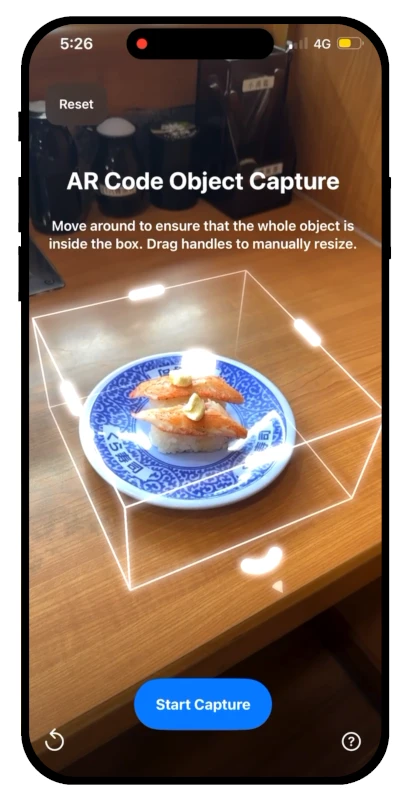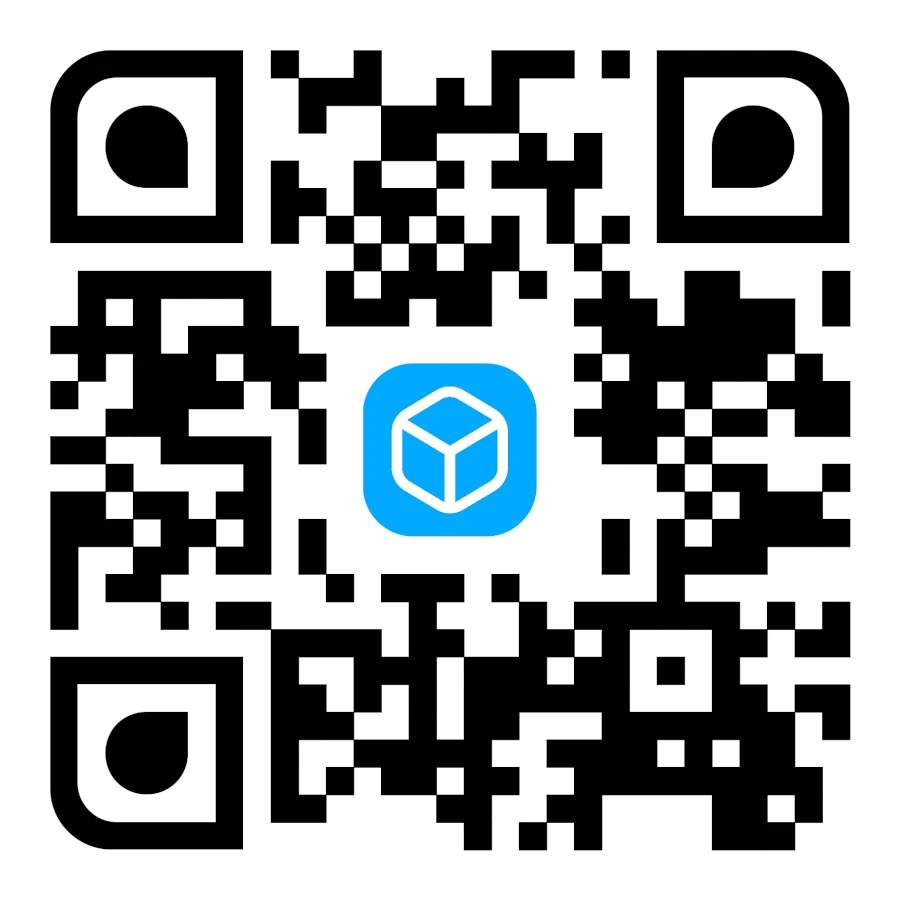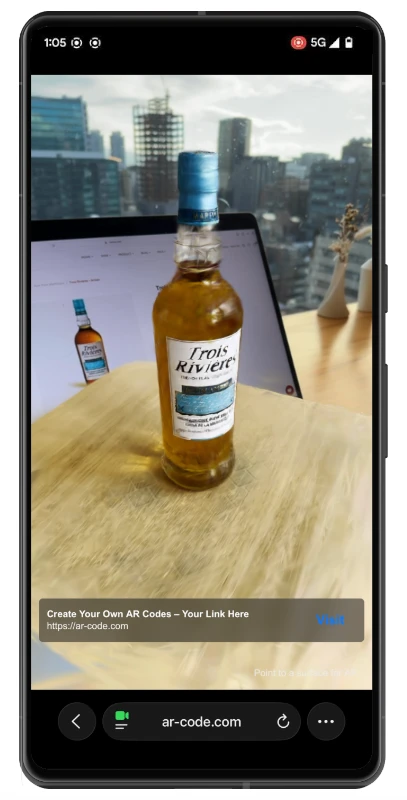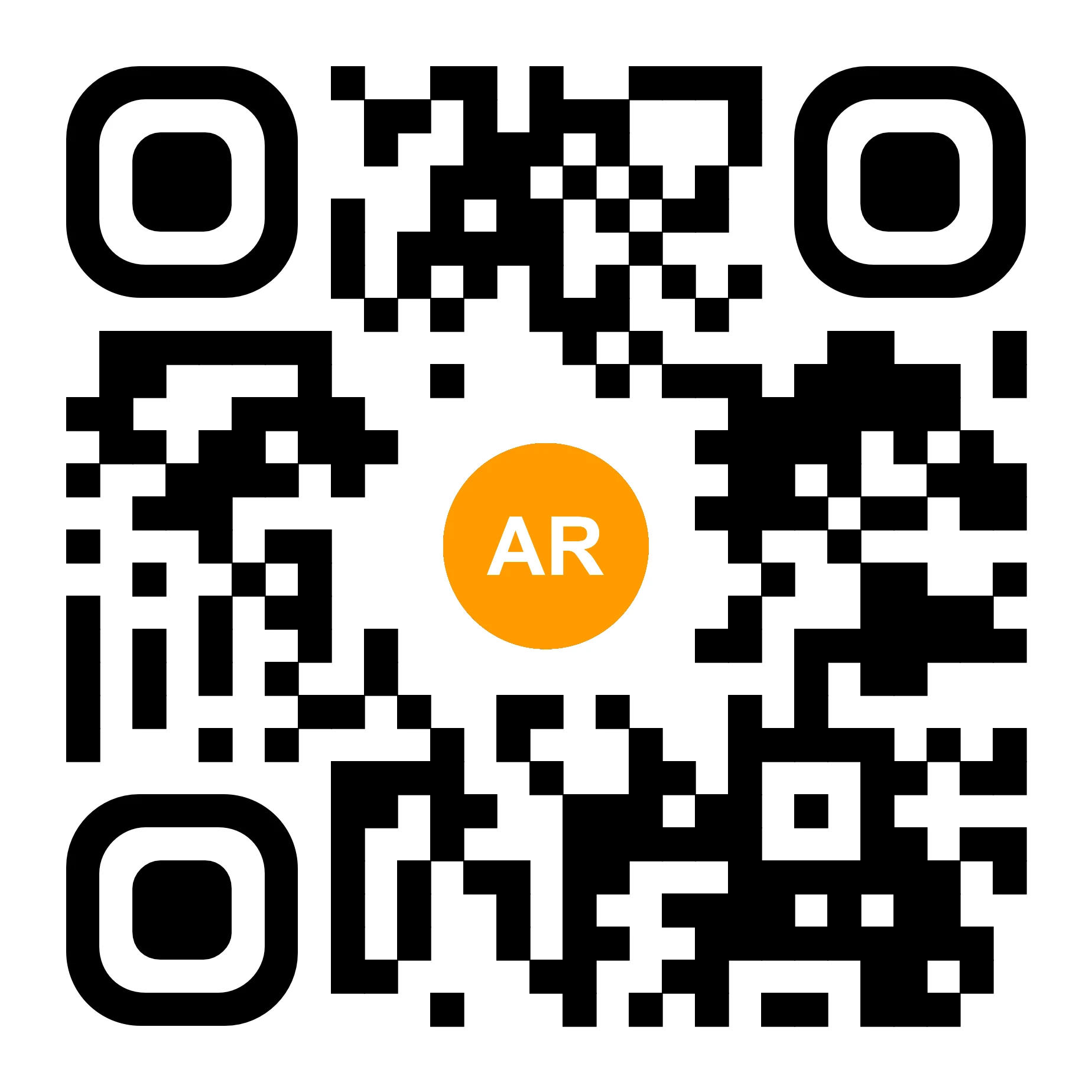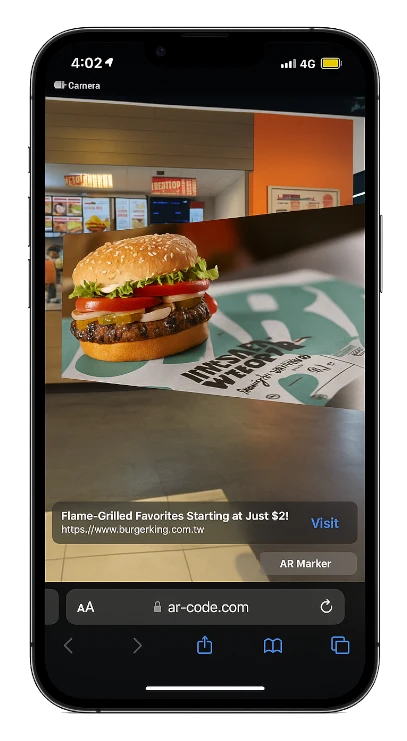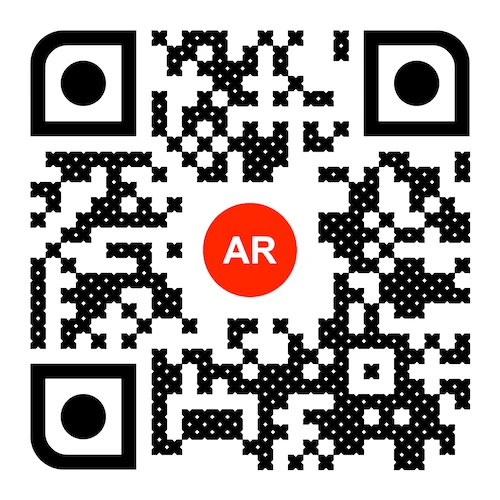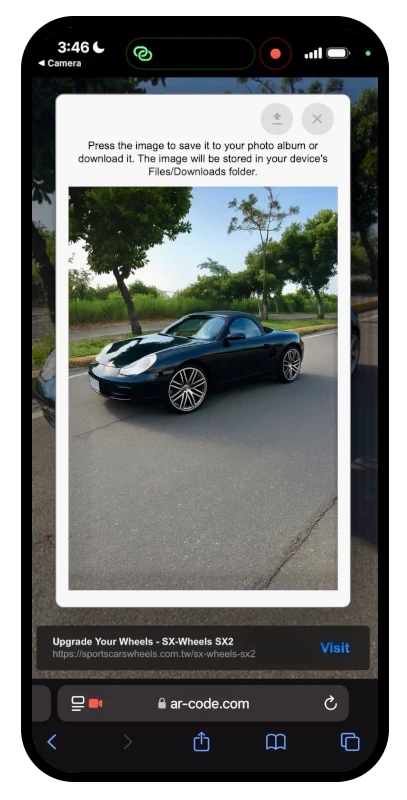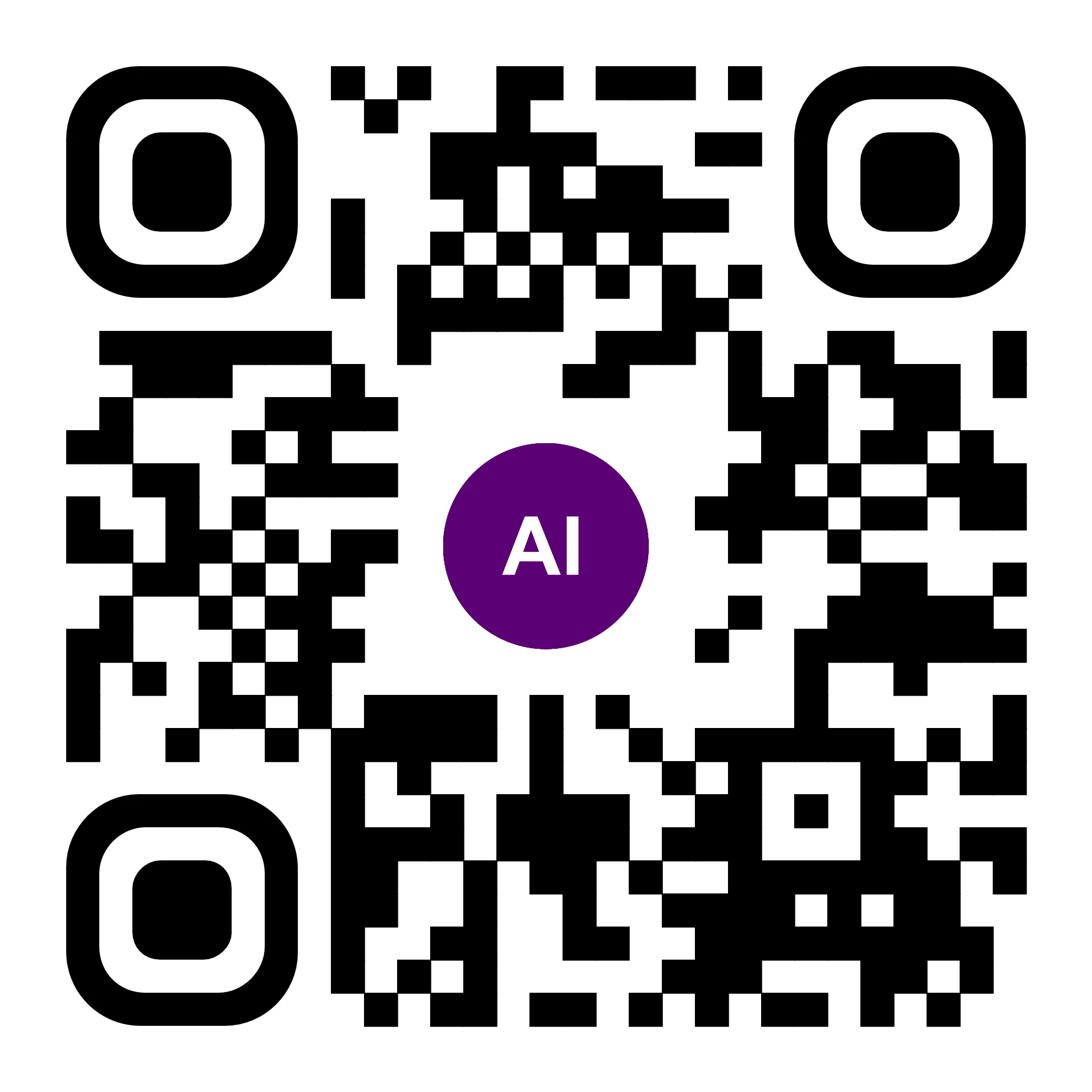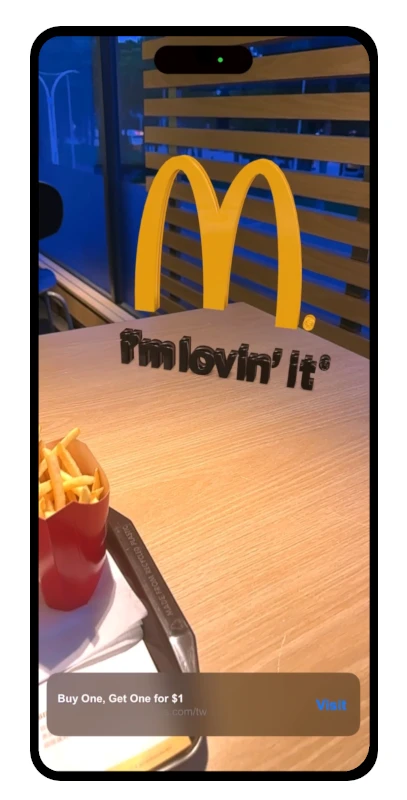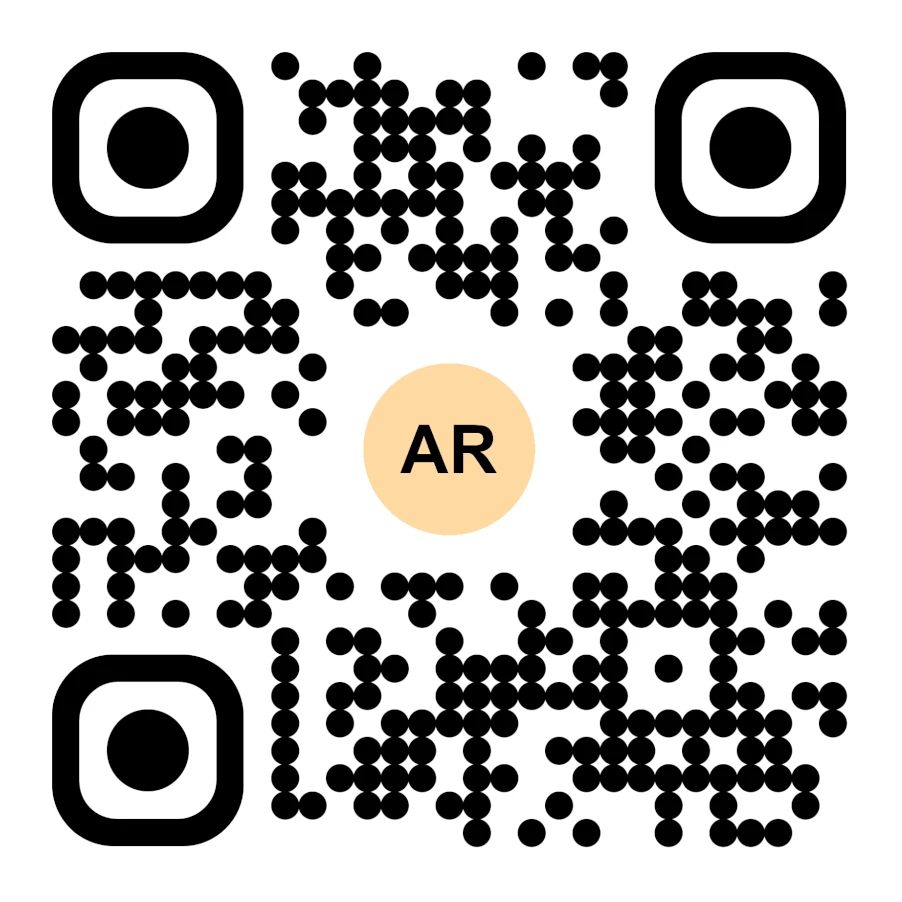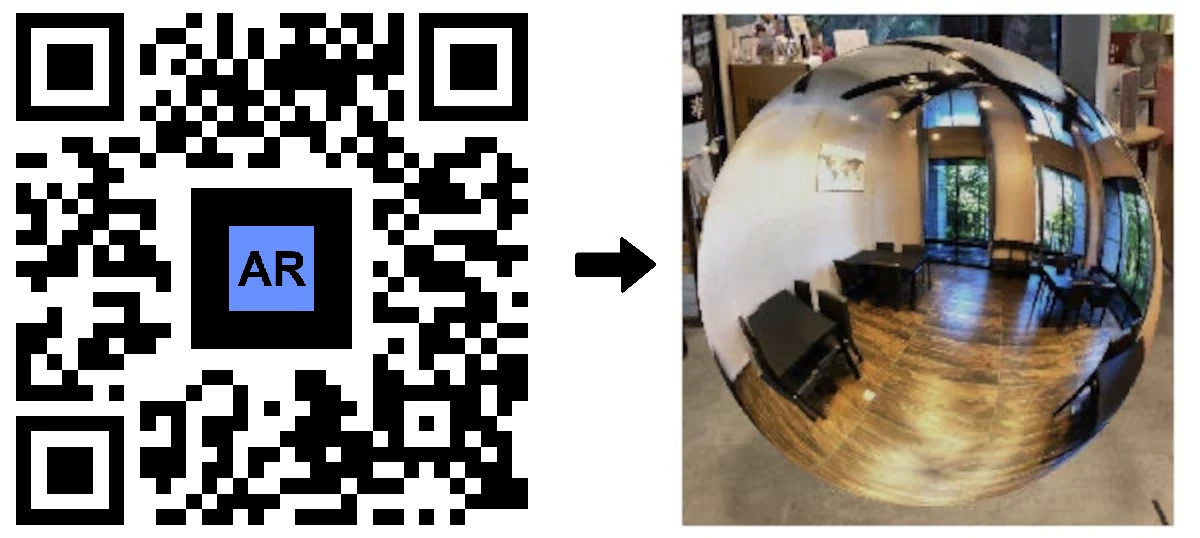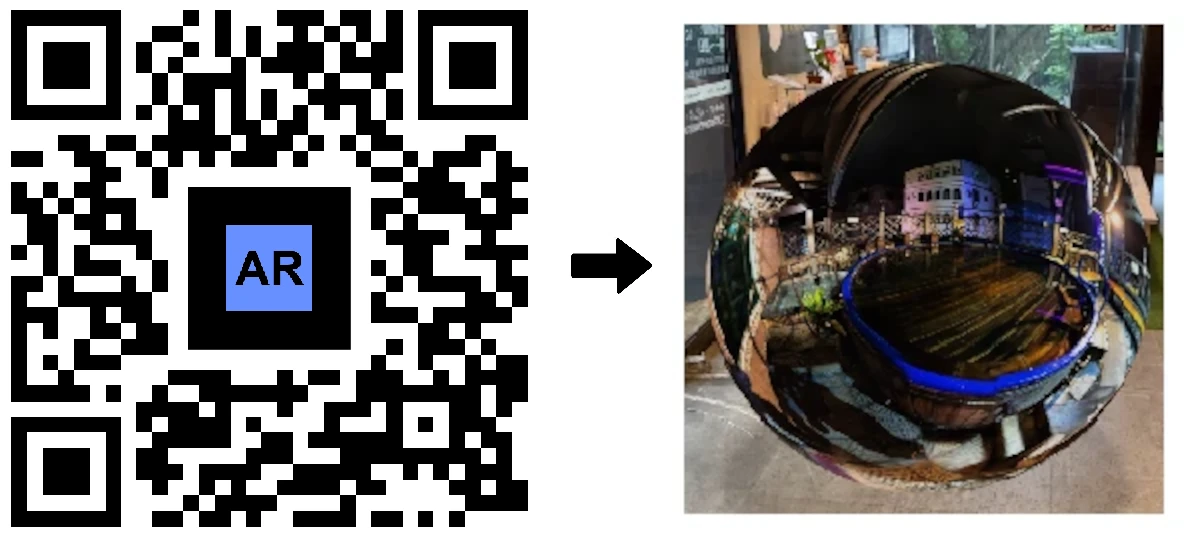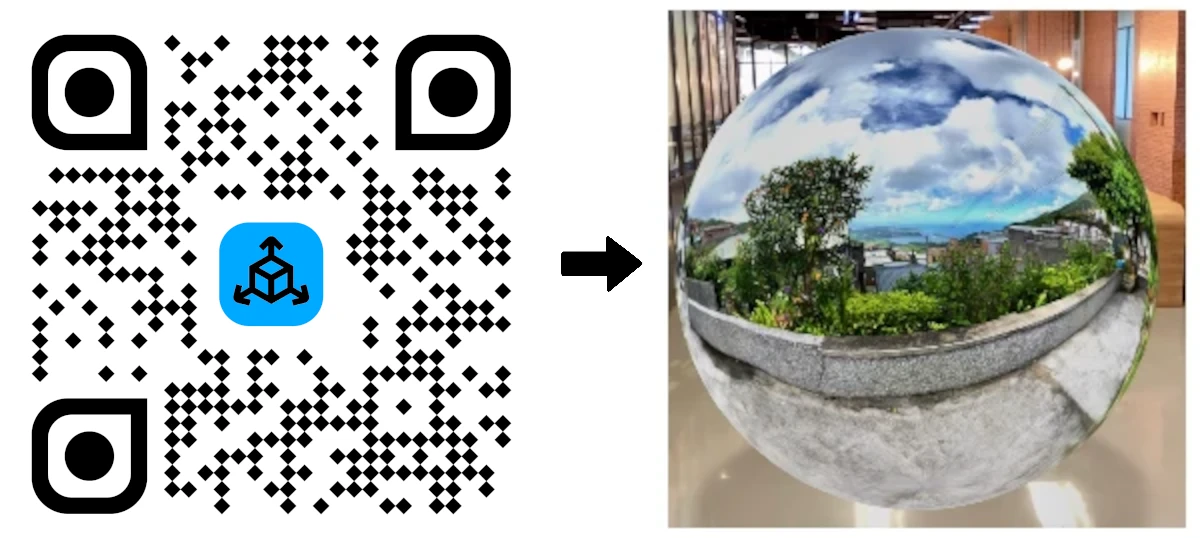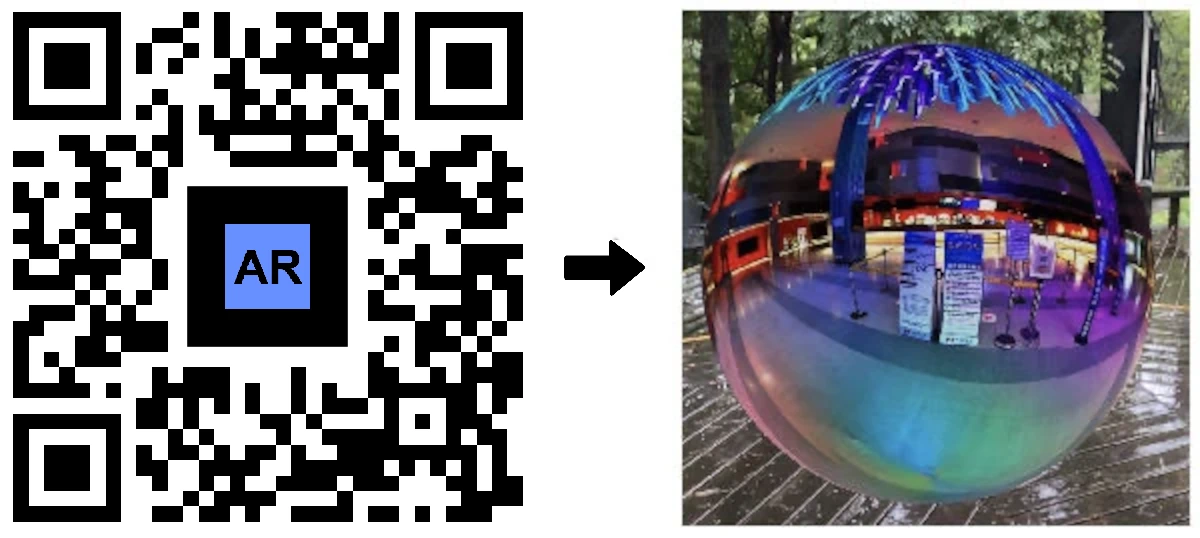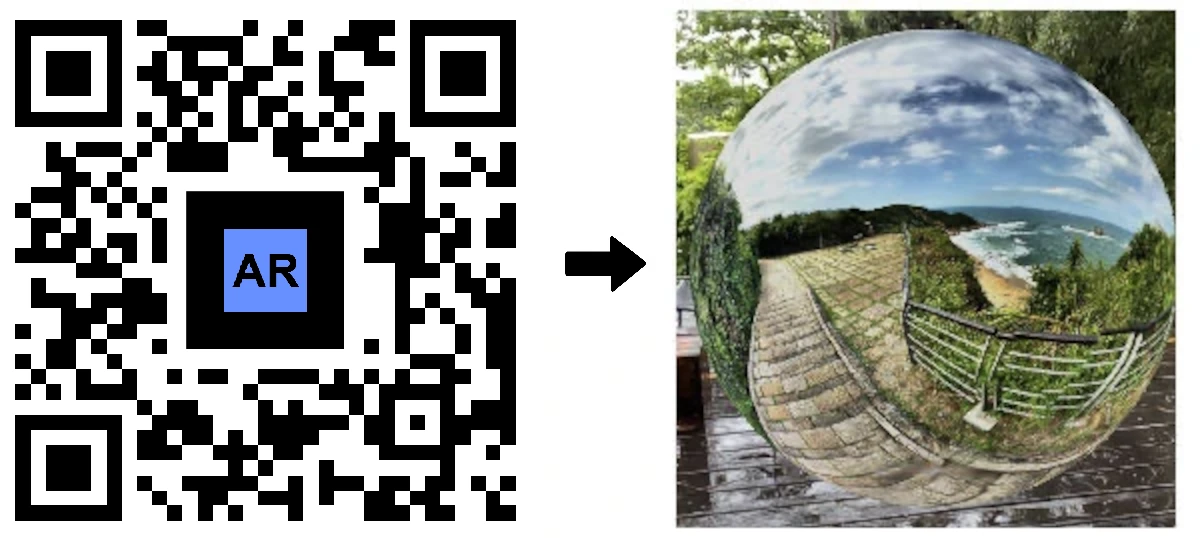VIDEO TUTORIAL: How to create an AR Portal and anchor it with an AR Code?
Tutorials | 01/12/2025 |
AR Portals are revolutionizing how businesses engage customers by delivering immersive augmented reality that boosts engagement and conversions. With AR Code SaaS solutions, you can showcase products or services through interactive, dynamic presentations that help consumers make informed decisions and inspire lasting brand loyalty.
Industries including real estate, tourism, museums, leisure, online retail, and public spaces are leveraging AR Portals to elevate marketing, create unforgettable AR experiences, and gain an edge over competitors.
Immersive Augmented Reality Experiences That Accelerate Customer Engagement
Augmented Reality (AR) overlays digital enhancements onto a user’s environment, turning every customer touchpoint into a memorable experience. With widespread smartphone use and the emergence of AR glasses and headsets, businesses can craft dynamic, interactive journeys for their audience.
AR transforms marketing through interactive face filters, branded 3D models, and AR experiences within the "Metaverse." Your company can attract, engage, and connect with customers like never before, increasing brand awareness at each step.
What Are AR Portals? Unlock New Dimensions for Your Business
An AR Portal acts as a digital gateway, transporting users into virtual showrooms, branded retail spaces, or interactive product demos. This transformative solution brings your brand story to life, letting customers step into your world instantly. Discover how an AR Portal amplifies brand presence in this AR Code example:
Easy Integration and Instant Customer Access With AR Code
Implementing an AR Portal is simple. Users only need an AR-enabled device to scan an AR Code anchor and enter your branded digital space.
Trigger AR Portals through location-based data, image markers, or by having customers scan an AR Code on their smartphone or tablet. No app downloads are required, ensuring seamless adoption and immediate access to your AR content.
Explore the AR Code experience by scanning a portal into a spa or room:
With rapid advances in AR glasses, you will soon deliver captivating marketing experiences through wearables by adding AR Codes to packaging, displays, or advertisements.
How to Create AR Portals for Your Business
AR Code offers user-friendly tools on both a web platform and a dedicated iOS app. This flexibility allows teams to quickly create and launch AR Portal campaigns. Follow these steps to engage your customers with AR Portals:
AR Portal iOS Mobile App
Build immersive portals in just minutes using the iOS app: https://apps.apple.com/us/app/ar-portal/id1585482493.
- Download and open the app
- Tap the "360 photo" download button
- Upload your chosen photo
- Select the "AR Rendering" button
- Generate and access your AR Code by tapping the QR Code icon after your AR Portal is created
AR Portal Web Interface
Quickly craft AR Portals online at https://ar-code.com:
- Register for a free or paid AR Code account
- Choose the AR Portal experience type
- Create or select your 360-degree photo
- Upload your image
- Generate and download your unique AR Code
Advanced AR Marketing Solutions to Boost Results
AR Codes for business provide a seamless gateway to augmented reality marketing with no app installation required. They work on all major platforms, including AR glasses, Apple Vision Pro, and smartphones. Enhance your campaigns with AR face filters, AI-powered experiences, and interactive AR videos to engage your audience and drive conversions.
Turn product packaging, print collateral, event displays, business cards, and brochures into impactful AR touchpoints. Use AR Code’s analytics tools for smart performance tracking. For more strategies, explore using AR Codes on packaging and discover how to add AR to business cards for more powerful engagement and networking.
Revolutionize Business Marketing With AR Portals
AR Portals redefine the customer journey for modern businesses. Whether selling real estate, enhancing museum exhibits, or boosting ecommerce results, AR Portals position your brand as innovative and future-ready. Leverage AR Code today to stay ahead of industry trends and deliver exceptional value to your audience.
Frequently Asked Questions
What are AR Portals, and how can they benefit businesses?
AR Portals are immersive augmented reality environments that transport users into virtual spaces or the metaverse. By using AR Portals, businesses provide customers with interactive previews of products and services, enabling informed decisions. Sectors such as real estate, tourism, museums, leisure venues, and retail can use AR Portals to enhance engagement, increase marketability, and attract more customers. To see industry-specific AR use cases, explore AR in real estate, museums, or interactive advertising.
What is an immersive augmented reality experience?
An immersive augmented reality experience fully surrounds the user, creating the sensation of stepping into an alternate world. Often linked to the "Metaverse," it allows businesses to offer customers a shared virtual space to explore digital content, interact with products, and connect with your brand in unique ways.
How do AR Portals work?
AR Portals are virtual environments accessed via AR-enabled devices like smartphones or AR headsets. They are built using 360-degree photos or images and activated through location-based triggers, image recognition, or AR Codes for a seamless, interactive experience. To learn more, visit this AR Portal video tutorial.
What are the different ways to access an AR Portal?
Users can explore an AR Portal by scanning an AR Code or engaging with an AR anchor using their smartphone or AR headset. Portals are triggered using methods like location data, image markers, or QR Codes, ensuring users do not need third-party apps for access. Discover how to scan AR Codes and launch AR experiences instantly.
How can businesses create their own AR Portals?
Businesses can start building AR Portals with AR Code’s web interface at https://ar-code.com or via the iOS mobile app at https://apps.apple.com/us/app/ar-portal/id1585482493. Both solutions offer step-by-step guidance to create, upload, and activate your branded 360-degree portal experiences complete with unique AR Codes for simple access. For a detailed walkthrough, see this AR Portal creation tutorial.
Tutorials - Latest Blog Posts
Tutorial on Leveraging the AR Code API Key
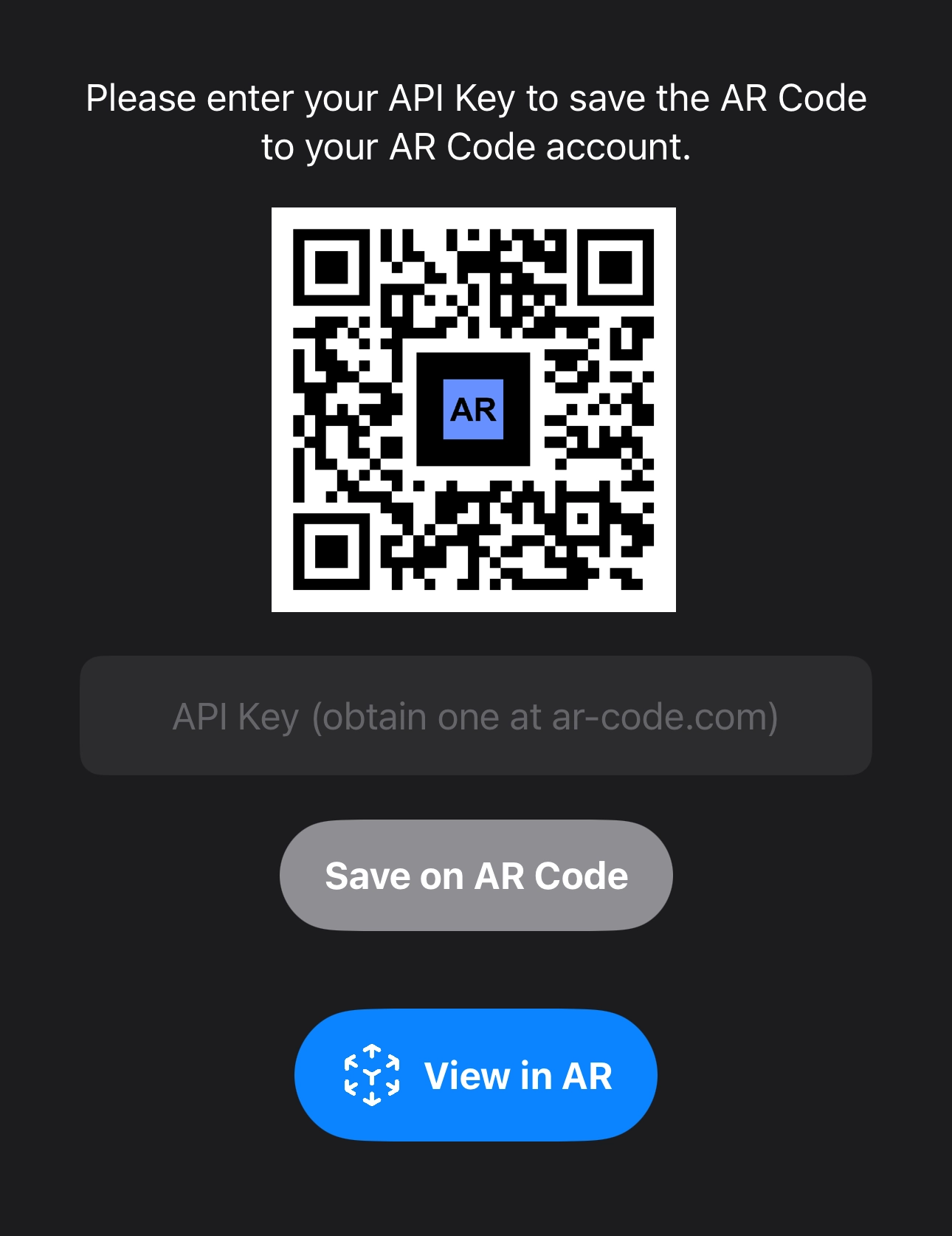
Boost your business growth and digital transformation using AR Code SaaS solutions—the advanced platform for seamless, scalable augmented reality integration. Empower your team with our AR Code API key tutorial and discover how AR Code streamlines AR content creation, automates workflows, and delivers engaging,...
How to Create a Customized AR Code Experience?
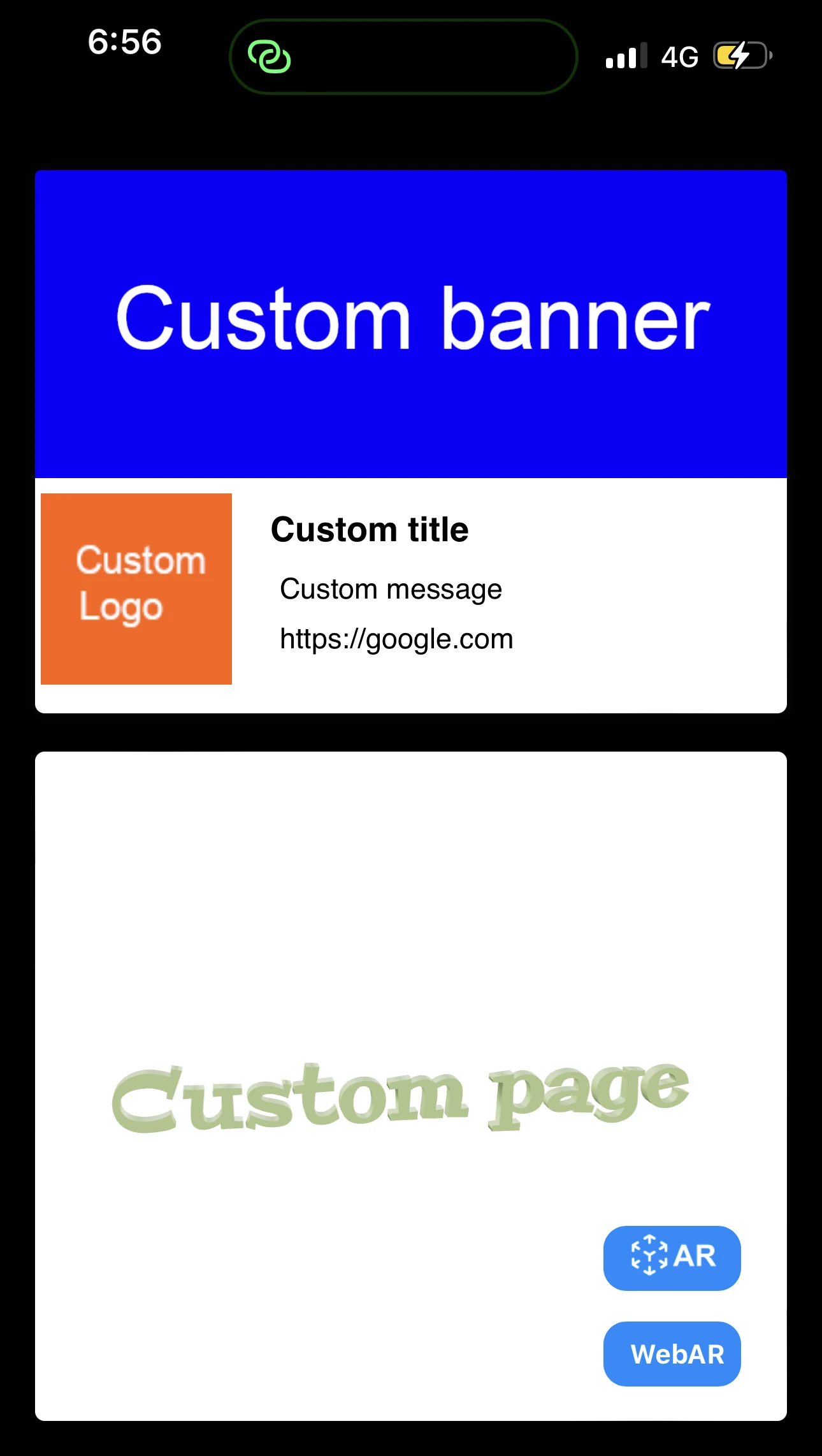
AR Codes revolutionize customer engagement by delivering interactive, immersive augmented reality experiences that help businesses stand out in a competitive digital market. AR Code’s advanced custom pages empower brands to design a memorable journey at the moment a user scans—instantly showcasing your unique...
How to Manage the File Size Limitation for 3D Models on AR Code ?

Drive business growth with powerful augmented reality by adopting AR Code SaaS solutions. AR Code lets your company quickly add advanced AR and 3D experiences to products, marketing materials, and branded messages, helping build engagement and elevate customer interaction. Optimizing 3D model file sizes is essential...
VIDEO TUTORIAL: How to make a 3D Model optimized for Augmented Reality with AR Code?
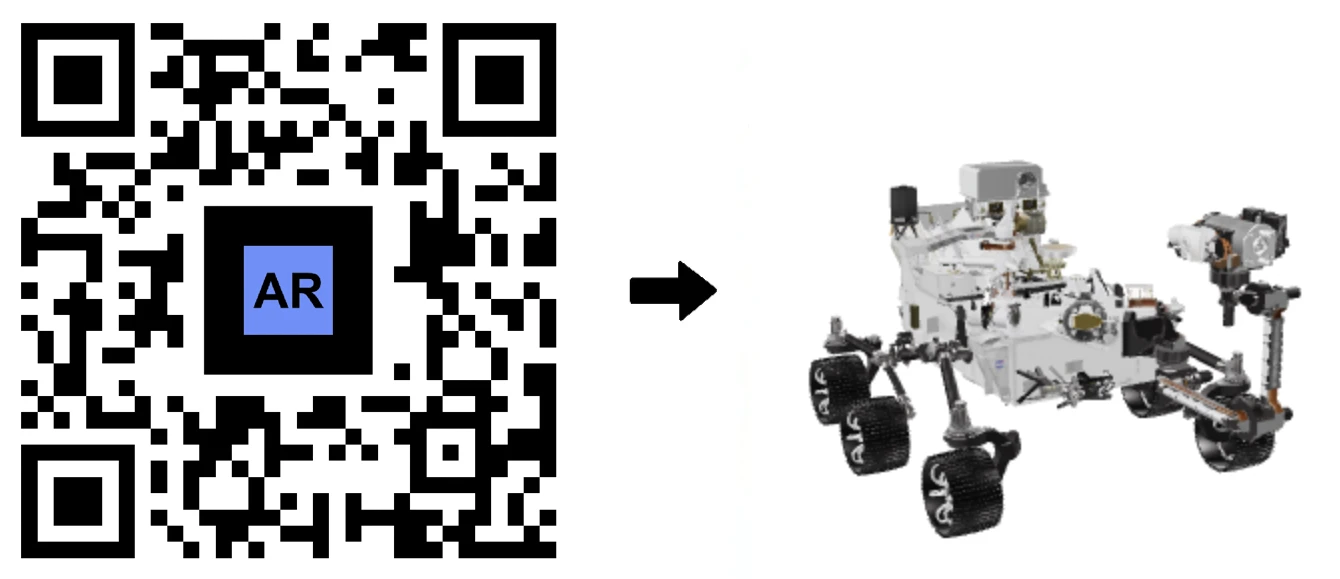
Elevate your business with AR Code SaaS solutions by seamlessly integrating immersive augmented reality (AR) content using optimized 3D models. This guide reveals how to prepare and enhance 3D assets in Blender to maximize your marketing, customer engagement, and interactive AR experiences. Discover how AR Code...
VIDEO TUTORIAL: How to convert a 3D CAD model from STP STEP or IGS IGES formats to GLB or OBJ
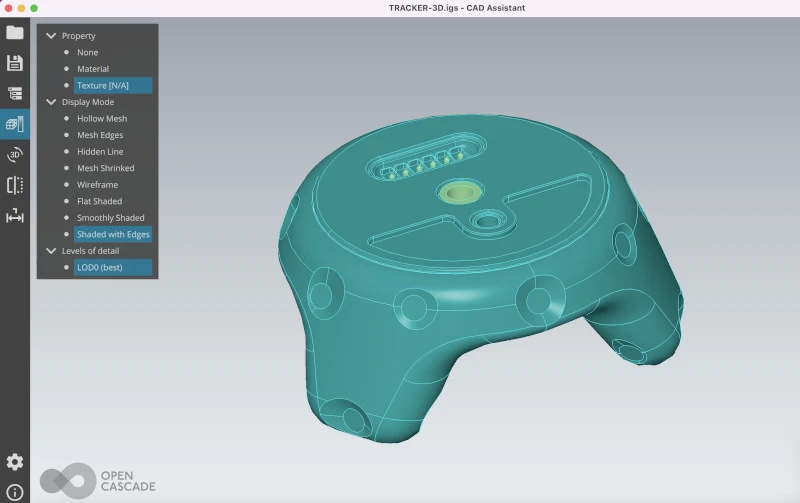
3D CAD models are fundamental for advancing innovation in industries like industrial manufacturing, real estate, creative agencies, and product design. Modern CAD platforms improve project efficiency, accuracy, and collaboration. Integrating AR Code SaaS solutions lets businesses bring 3D CAD models directly into...
VIDEO TUTORIAL: How to compress / reduce the size of an industrial 3D CAD model with MeshLab and Blender?

Enhance your business growth and stand out in your industry by adopting AR Code SaaS solutions for immersive augmented reality experiences tailored to your company. Leverage high-performance 3D models and master critical techniques, such as 3D model file size optimization in Blender, to deliver visually impressive,...
VIDEO TUTORIAL: How to compress / reduce the size of a 3D model in Blender (GLB, GLTF, DAE, FBX, OBJ...)?
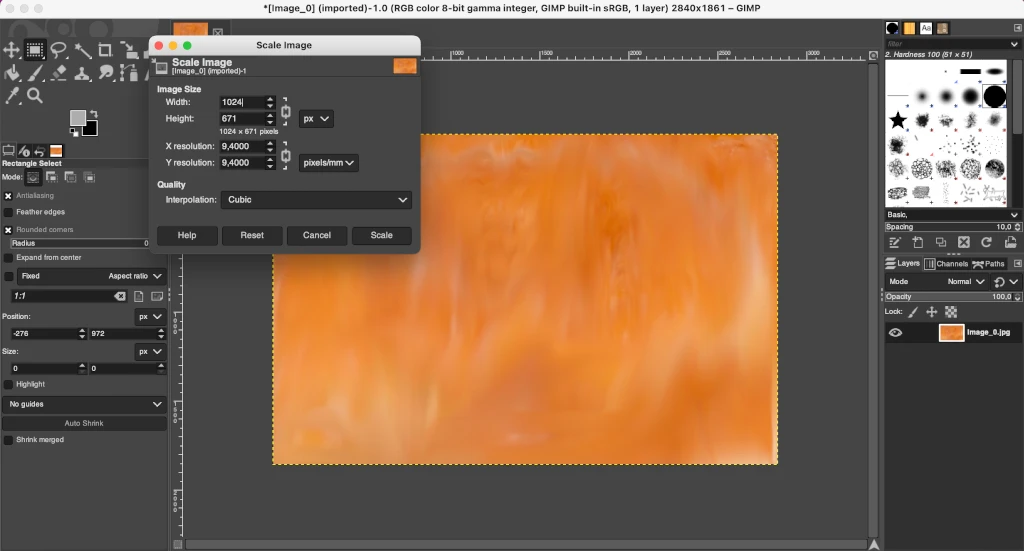
Blender is a powerful open-source 3D software trusted by professionals and businesses for high-quality 3D graphics, animation, and visual effects. Its compatibility with major formats—GLB, GLTF, DAE, OBJ, ABC, USD, BVH, PLY, STL, FBX, and X3D—makes it indispensable for businesses looking to streamline 3D modeling,...
VIDEO TUTORIAL: How to Display a 3D Scan Photogrammetry in Augmented Reality with an AR Code

Unlock powerful business growth by using AR Code’s SaaS solutions for seamless photogrammetry uploads and immersive augmented reality rendering. With AR QR Codes, your organization can transform how customers engage with your brand—driving higher conversion and delivering memorable interactive experiences. Upgrade...
VIDEO TUTORIAL: Generate 3D Text on AR Code
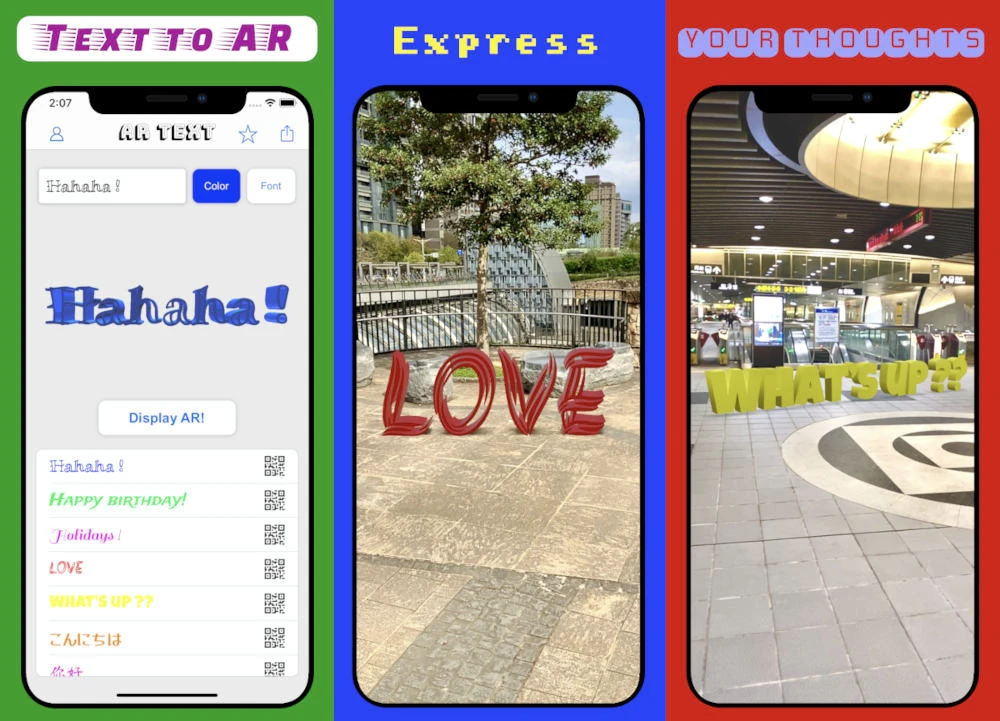
Enhance your business communication, marketing, and educational outreach with AR Text, a cutting-edge feature from AR Code. Transform text into eye-catching 3D AR animations to boost audience engagement and elevate your brand. AR Text delivers interactive experiences for businesses, educators, and creative...
VIDEO TUTORIAL: Create an AR 3D Photo on AR Code
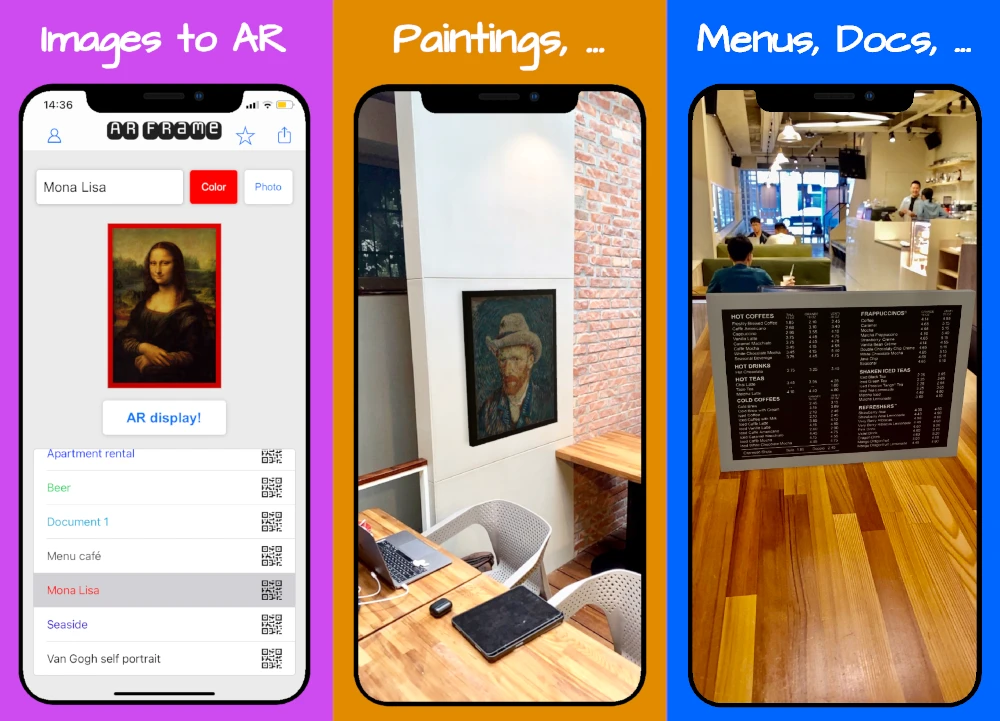
AR Code is transforming 3D Augmented Reality photography for businesses with user-friendly, industry-leading tools that streamline AR photo creation and sharing. Our advanced AR Code SaaS solutions enable businesses worldwide to generate and share captivating AR QR Codes that drive customer attention and...
141,134 AR experiences
539,849 Scans per day
127,270 Creators
